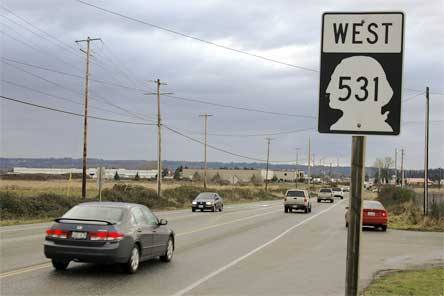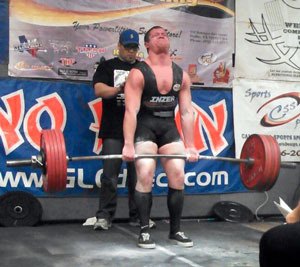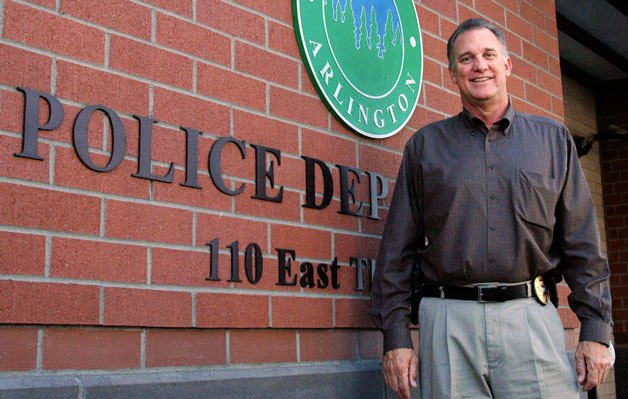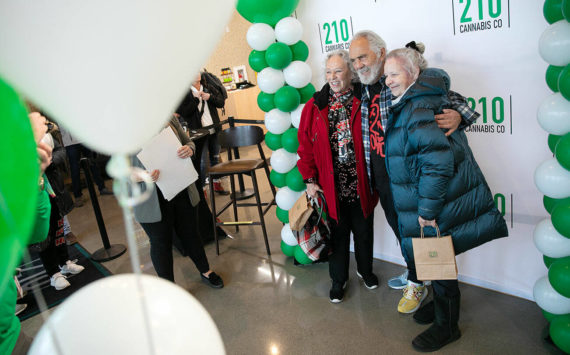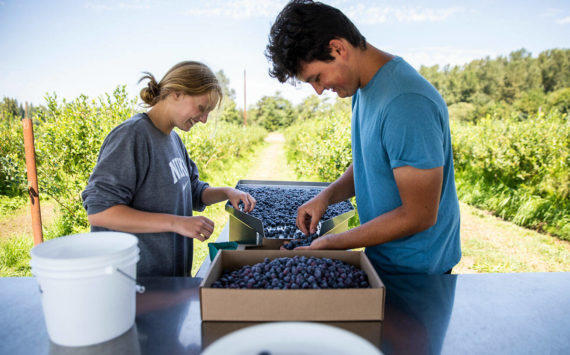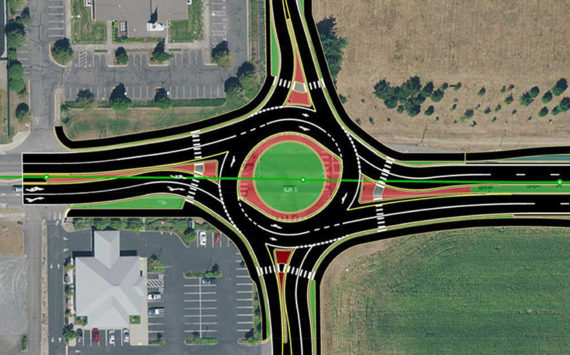ARLINGTON — State transportation officials emphasized “if” during a recent presentation to the City Council.
On Jan. 11, Washington State Department of Transportation representatives presented a list of road projects and improvements that could be made to a stretch of SR 531 if funding were available.
The comprehensive report, which was outlined by Cathy George and Tom Stacey from WSDOT during a Council work session, gave Council members specific recommendations that would relieve congestion on the state highway from the 43rd Avenue NE to 67th Avenue NE intersections.
Stacey told the Council that most of the high volume of traffic during peak hours comes from inefficient intersections.
“Those intersections are key to the mobility of this corridor,” he said.
He said 186 accidents occurred in that area from 2003-2007 — 62 percent of which were rear-end collisions.
“It’s lots of stop-and-go,” Stacey said. “That shows up in the collision data we looked at.”
To help improve traffic flow, WSDOT recommended installing roundabouts in the four major intersections that were studied — 43rd, 51st, 59th and 67th avenues NE.
Stacey said that the 59th Avenue NE intersection would benefit most from a roundabout.
According to the state transportation department, roundabouts reduce the overall number of collisions in an intersection by 37 percent compared to traditional intersections.
They also prevent vehicle delays, according to WSDOT.
Stacey said that some intersections in the area of SR 531 that were studied saw delays of up to five minutes.
Those delays will continue to increase with growth being projected in the Smokey Point area, he said.
In addition to adding roundabouts, WSDOT is recommending adding a raised median between east- and west-bound traffic, widening SR 531 to four lanes between 43rd and 67th and installing sidewalks and bicycle lanes.
The estimated cost of the department’s recommended improvements is $57 million, including engineering, right-of-way and construction.
Stacey said he knows that funding for any projects will be difficult to obtain, but emphasized that these improvements are for the city to look at during its planning for the future.
Funding for the projects would come primarily from the state, although the city of Arlington could potentially fund a portion of the costs.
Council member Chris Raezer asked if Smokey Point Boulevard was studied during the corridor analysis, and Stacey said that it was not.
“But if we can get traffic moving downstream, it will affect Smokey Point Boulevard as well,” Raezer said.
Council member Scott Solla asked how long the entire process would take to complete if funds were available.
George said that the projects would take between three to four years, adding that the actual construction would take about a year.
Solla said it sounded like the recommendations would make the stretch of road look a lot like the Guide Meridian between Bellingham and Lynden.
“That took a long time and there was a tremendous amount of work,” Solla said.
Stacey said the final draft of the corridor analysis would be available by Wednesday, Jan. 13, on WSDOT’s Web site.
For more information on the proposed improvements, visit www.wsdot.wa.gov/projects/sr531/corridoranalysis.
